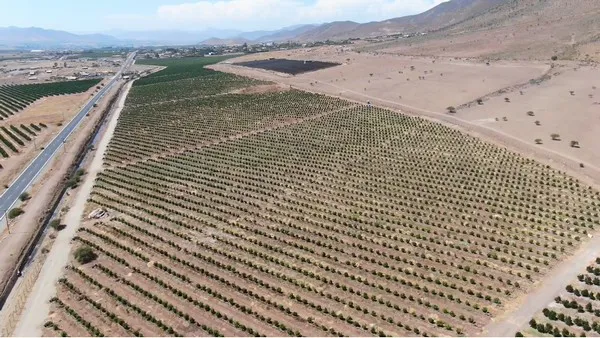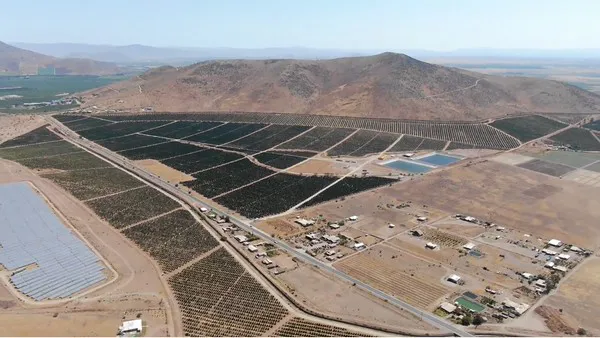Back in November, Morocco shipped their first citrus of the season to the US. Usually, the season runs through May, but due to a lighter crop, it will finish earlier. “We are currently wrapping up the back end of our Morocco mandarin program,” says Luke Sears, President and Founder of LGS Specialty Sales. “It has been a lighter crop compared to last year, but we are pleased with the quality of W. Murcotts. The lighter crop has helped with size and taste profile,” he added.
In May and June, LGS will transition into the southern hemisphere. “We’ll be sourcing a full citrus lineup from Chile, South Africa, Peru, Argentina, Mexico, and Uruguay.” From Chile, South Africa, and Peru, easy peelers will be brought in, consisting of Clemenules, Tango, and W. Murcott varieties respectively. LGS will also have a lemon program out of Argentina, Chile, and Mexico as well as a Navel program out of Chile. In addition, Navels, Minneolas, Cara Caras, and Star Ruby Grapefruit will be brought in from South Africa. The southern hemisphere season will run from May until approximately mid-November.
 A view of LGS' mandarin farm in Chile.
A view of LGS' mandarin farm in Chile.
Chile to bounce back
Looking ahead to summer, the Peruvian citrus season will be slightly delayed as the country has experienced some warmer weather. Chile is expected to have a bounce back year and internals on early Clemenules are looking strong. “All signs point to a great year with high quality as we hope to continue promoting citrus consumption in summer,” said Sears.
Importance of transitions
The citrus category experienced a unique trajectory in the past few years, after the initial impact of Covid. “Demand went up significantly, also during the summer months. However, the shorter US domestic mandarin crop last season, had a bit of a negative impact on summer demand. More imported fruit entered the market that would normally not qualify to enter the US and go to other destinations.”
With California having more fruit this year, the hope is for a smooth transition and retailers being able to focus on good, strong varieties. “As leaders in the import space, we understand the importance of transitions and sourcing the right varieties. These two elements play a key role in keeping citrus sales up and moving.”
 A view of LGS' mandarin farm in Chile.
A view of LGS' mandarin farm in Chile.
New packing house
Just recently, LGS Specialty Sales announced the opening of the company’s very own packing house on the East Coast, located 15 minutes from both Philadelphia and Wilmington. It is the only packing house on the East Coast with a fully automated Compaq grader, state-of-the-art Ishida weighers, and automatic case packers. “This facility will provide us with more consistency, efficiency, and overall better service to our customers. With 235,000 square feet and over 8,000 pallet positions, we are poised to be the leading facility on the East Coast.”
 For more information:
For more information:
James Rasmussen
LGS Specialty Sales
Tel: +1 (718) 542-2200
jrasmussen@lgssales.com
https://www.lgssales.com/
